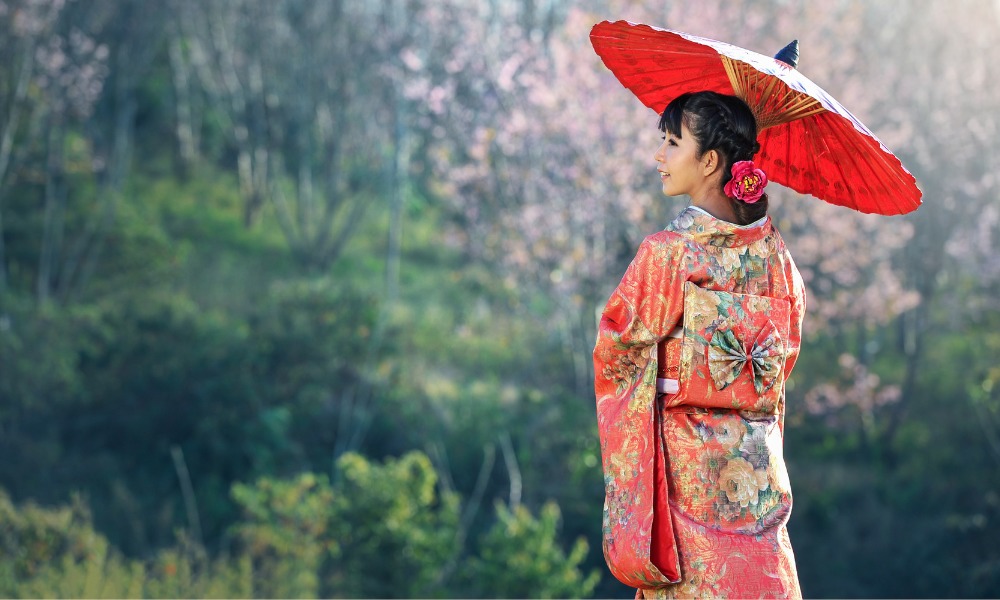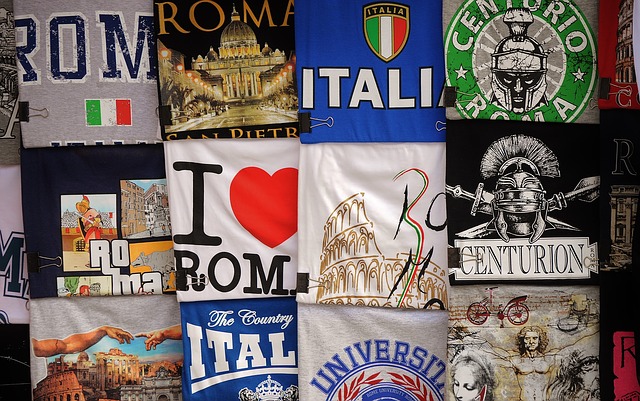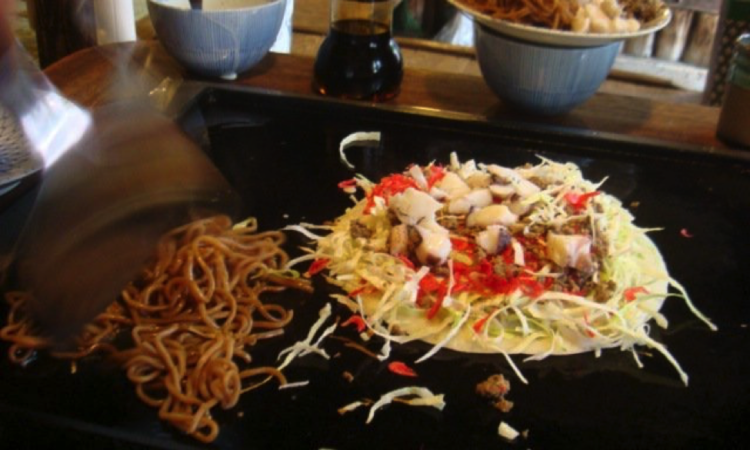When the word kimono is mentioned, an individual cannot resist envisioning a garment with a fusion of vibrant colors and elaborate designs in the Land of the rising sun. Every girl’s fairytale dress is probably a princess ball gown but as I stepped my feet into Japan, I knew mine was a kimono. The thoughts of me in a kimono lingered on for months then finally it turned into days then nights. My face lightened up when I got an email from UMEX (Uonuma International Exchange Association) saying they were organizing a kimono photo day for second-year students at the International University of Japan, it was like I hit the jackpot.

Image credits: Denton Abolade
Fabric Used for Kimono
For those who are wondering what a kimono is, let me take you on a mystical journey experiencing and learning about kimonos as a black girl in Japan. Kimono is a traditional Japanese clothing usually made from silk. Silk is a fabric known for its shimmering and lustrous texture that exudes an aura of opulence.
When Its Worn and Types
I bet you are wondering if it is an everyday wear. No, it is not, it is worn during wedding ceremonies, tea ceremonies, and university graduation. In summary, just let’s say any special event. Kimonos are distinguished by the occasions it is being worn for, their design, and their fabric. There’s the elegant Furisode for all the single ladies out there, which fits like a glove on the body. Married ladies you are not left out, there is the Tomesode which is equally elegant as the Furisode. Yukata is worn during summer. Komon is the most common kimono worn and often seen around Japan. For married and single ladies who would like to wear a matching kimono, I recommend Houmongi. It’s also important to bear in mind that the Houmongi kimono is a semi-formal kimono. For simplicity with ultimate sophistication, I recommend the Iro Muji. The geishas have their special kimono known as Hizikuri. The last but the most sacred and reversed is the wedding kimonos. The wedding kimonos represent the innocence and purity of the bride. That is enough on the types of kimonos before I begin to bore you guys.
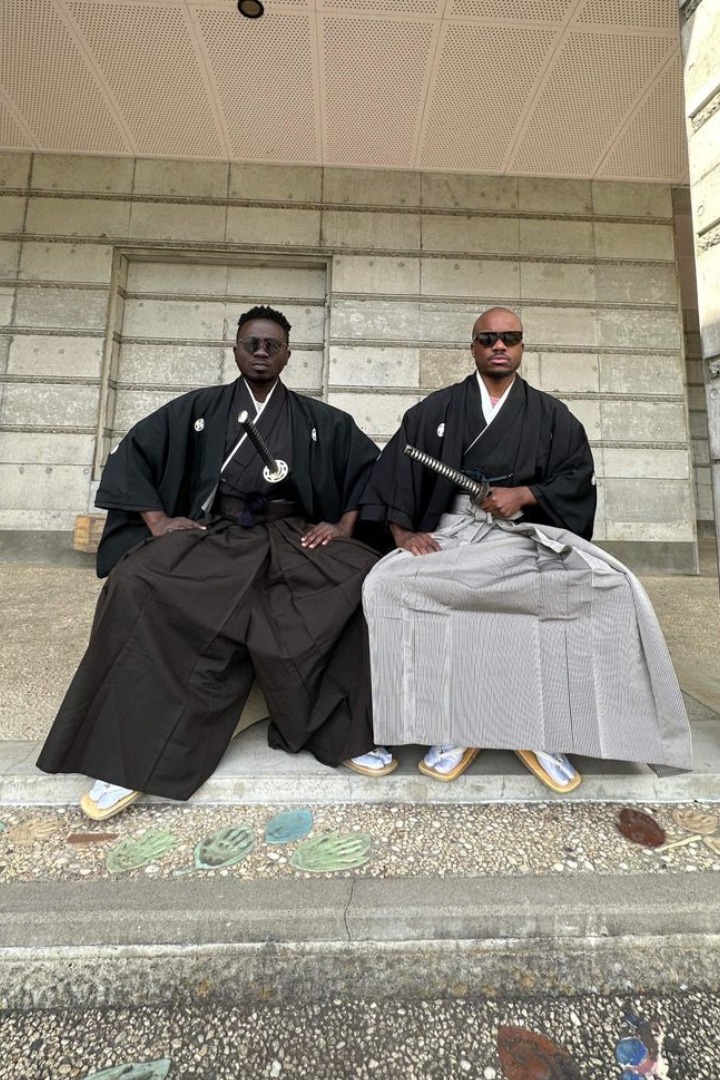
Image credits: Joseph Nelson
How Kimonos Are Made
Before I forget, it is worth noting that traditionally, kimonos are hand sewn. This must require a lot of skillfulness and expertise to do. I am not surprised as Japan is known for Kaizen (The act of continuous improvement).
My Experience
Back to my experience, on the 25th of April, 2023, I woke up as early as 6:00, to get ready for the photo shoot. People could see that I was so elated to try the gown on. I can vividly remember my colleagues asking if I was going to meet the Queen of England !!. I was dressed by a representative from UMEX as a foreigner you cannot wear it alone as it requires different steps and techniques to put it on. Every aspect of the dressing exuded opulence and grandeur. This required so many steps.
Firstly, the wearing of an undergarment. This consists of a juban which is a white undershirt and a susoyoke which is a knee-length underpants. Followed by this is the wrapping of the nagajuban. A nagajuban is a long, kimono-like garment that can be cotton or synthetic silk worn below the outer kimono, serving as a second layer of protection. It is worn to reduce the cleaning process of the kimono this is because the cleaning of kimonos is expensive. Wearing the kimono itself is next, it is essential to note that the left side always overlaps the right. The length of the kimono is then adjusted with a koshi-himo which is tied around the belly button.
The Obi is then tied around the waist, this is a broad belt that secures the kimono. The Obi can be tied in two ways the “taiko musubi” knot, which results in a huge, drum-like bow at the back, and the “otaiko musubi” knot, which creates a flat, ornamental bow at the back. Mine was tied into an otaiko musubi knot. The collars are then adjusted which is later followed by accessories (hair pins, tabi-japanese traditional socks and geta-the wooden slippers) .
The whole process felt like I was getting ready for my wedding. It took about 20-30 minutes to get ready. The photoshoot session began afterward. It was an exciting and fun experience for me. The memory will linger on forever as i felt like a Japanese during the whole process.
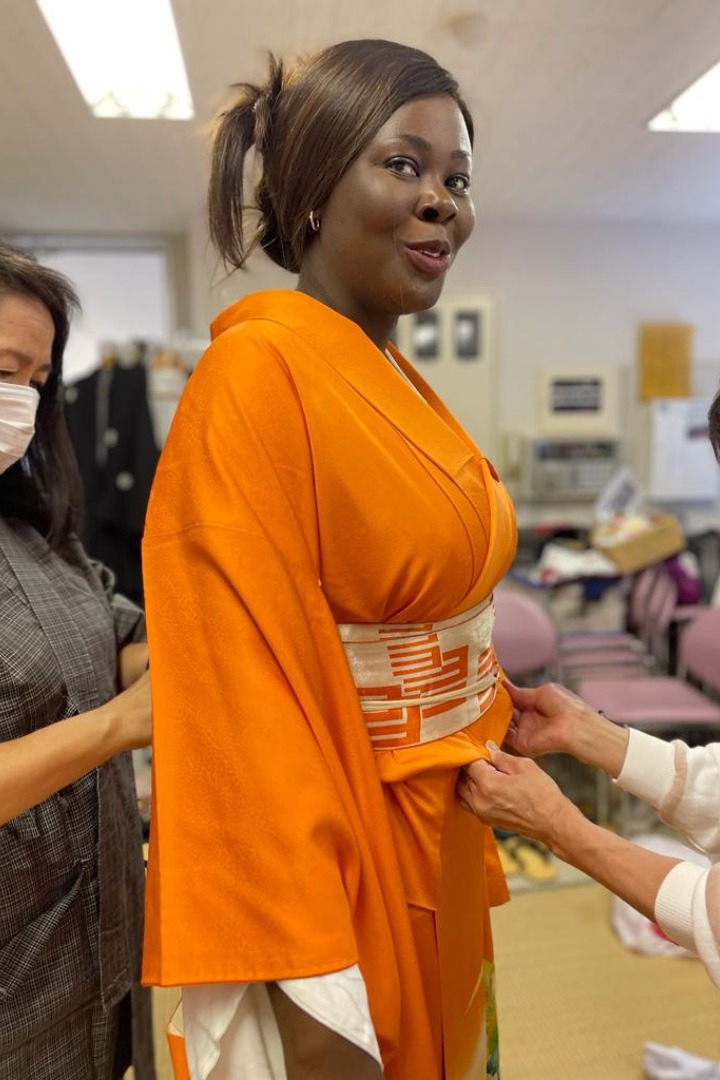
Image credits: Denton Abolade
Cultural Diversity Impact
I found that the kimono was more than just beautiful silk textiles and fine decorations; it was also a representation of a unique tradition, and a link to centuries of Japanese history. As I immersed myself in the kimono experience, I became more and more aware of the kimono’s ability to bridge cultural diversity and unite people through its enduring attractiveness.

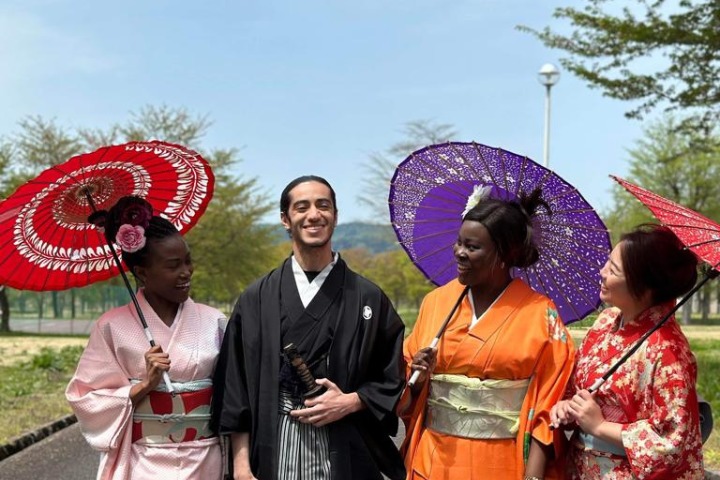
Image credits: Denton Abolade
Why You Should Try Kimono
I urge you guys to get on this experience, it’s one that cannot be easily forgotten. I have to drop my pen here as I have a Research Report to get back to.
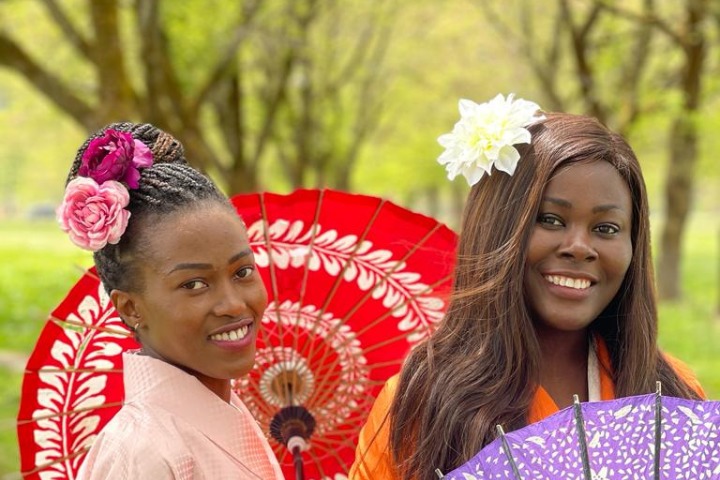
Image credits: Denton Abolade
Related articles:
- Experience Traditional Japan With These 7 Cultural Workshops
- Role of Women Throughout Japanese History
- Essential Guide to Japanese Indigo
- Six Instagram-Worthy Photo Spots This Summer in Japan
Experience Traditional Japan With These 7 Cultural Workshops
Featured image: Canva.com

